Gözleme is a simple yet delicious stuffed flatbread that is very popular in Turkey. Here’s an authentic recipe for how to make it at home. Plus a bit of background on its place in Turkish food culture.
What is gözleme?
Gözleme is a stuffed flatbread that can be made with various fillings. It’s traditional to Anatolia, but popular throughout Turkey.
Gözleme is made from a simple non-yeasted dough. This is rolled out very thinly and filled with your ingredients of choice. The most common fillings are cheese, spinach, potatoes or minced meat.
Traditionally, it’s cooked on a saç, a round and slightly curved griddled that is a little higher at the top than on the sides.
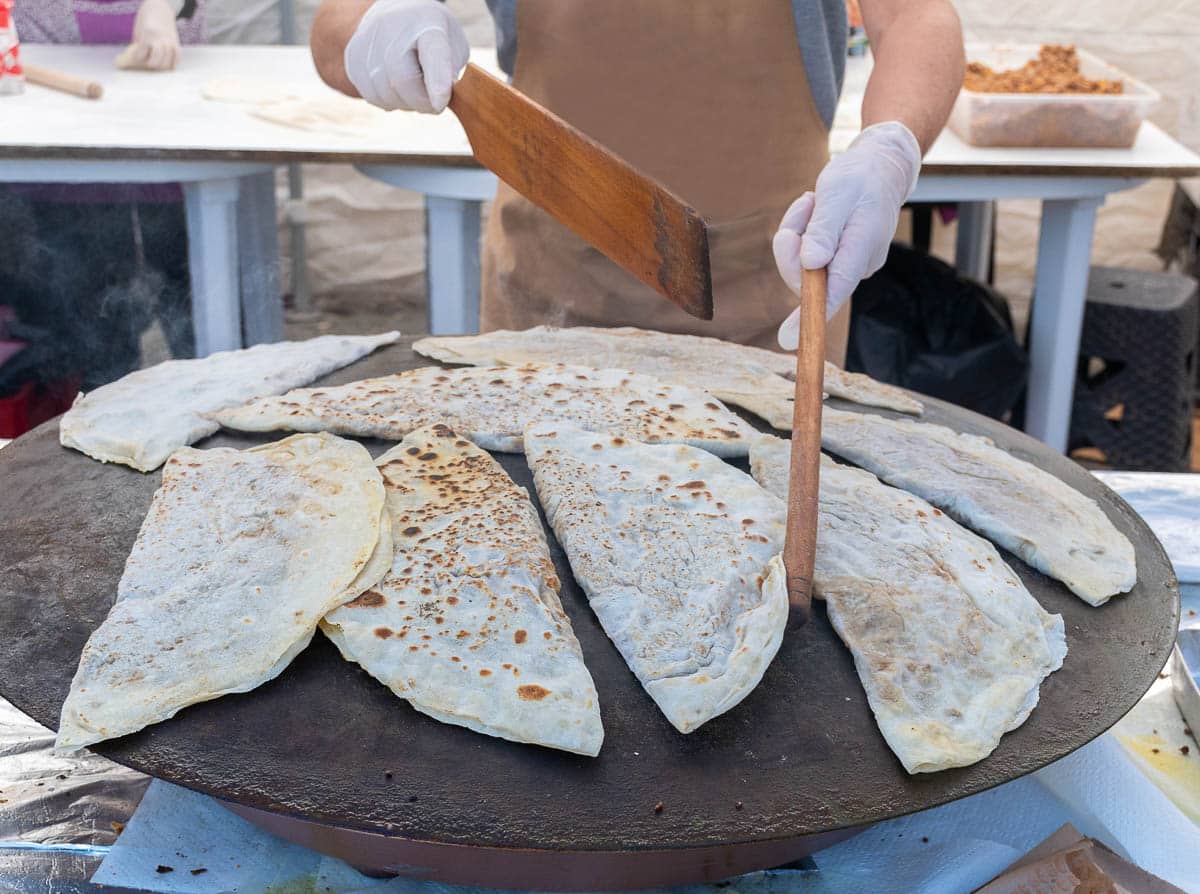
This was historically heated over a wood fire, adding to the flavour. Today, gas fired or electric griddles are more common. When making at home, most people simply use a large pan.
I sometimes think of gözleme as a very simple börek. If you want to make a proper börek, try this tray börek with cheese. I make it several times every month!
Why is it called gözleme?
The meaning of the word gözleme isn’t entirely clear. Most likely, it’s derived from Turkish közleme, meaning to “cook over the embers”.
Others claim the first part of the word is what’s important. Göz is Turkish for “eye”, a possible reference to the blisters that form on the flatbread as it is griddled.
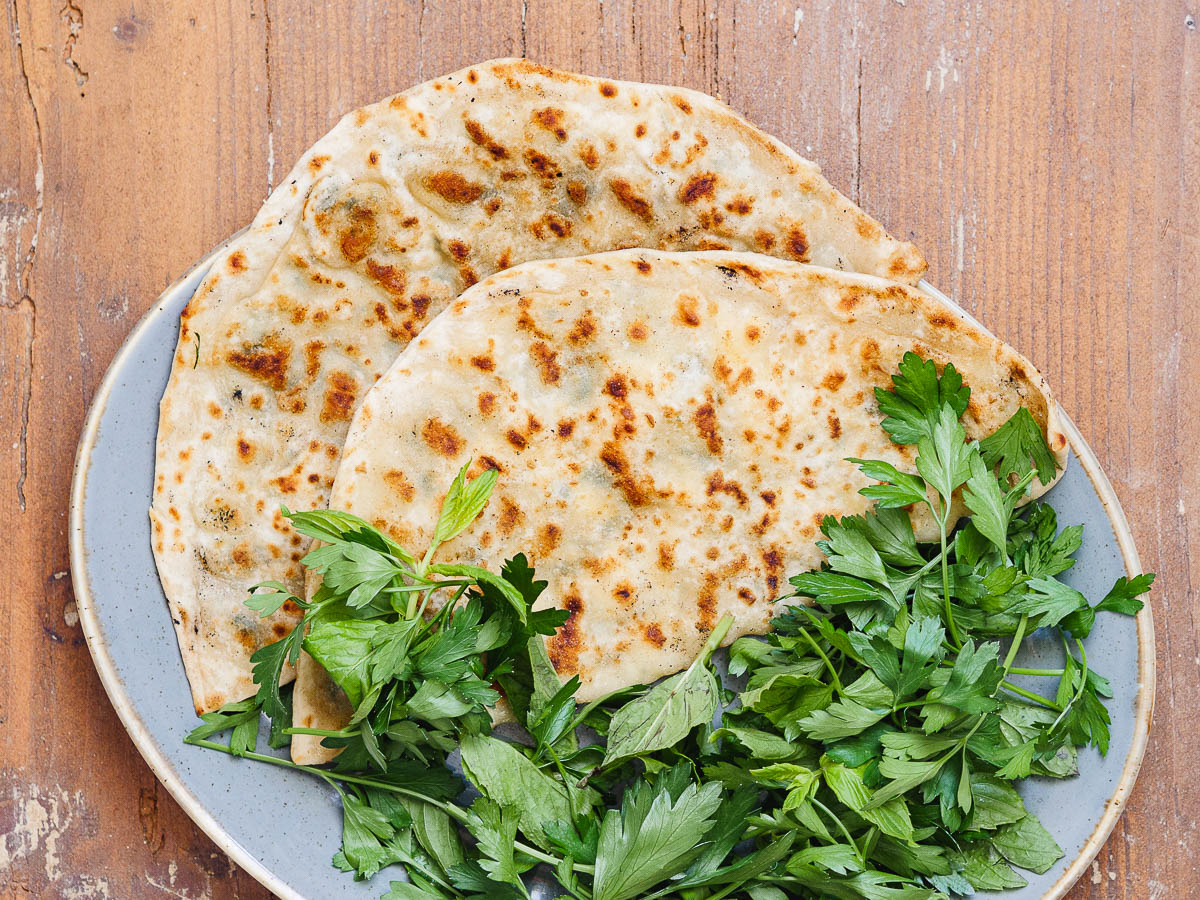
Gözleme in Turkish food culture
While virtually all food cultures have their own versions of stuffed breads, gözleme is thought to be Turkish in origin. This simple and filling flatbread has certainly been an important part of Turkish food culture for centuries. Most likely since they were nomadic tribes in Central Asia.
In the early days, it was primarily served for breakfast or as a snack. It was typically cooked at home by women, sometimes with the help of family members. As many other foods in this part of the world, cooking was a social occasion for women. Gözleme was no exception.
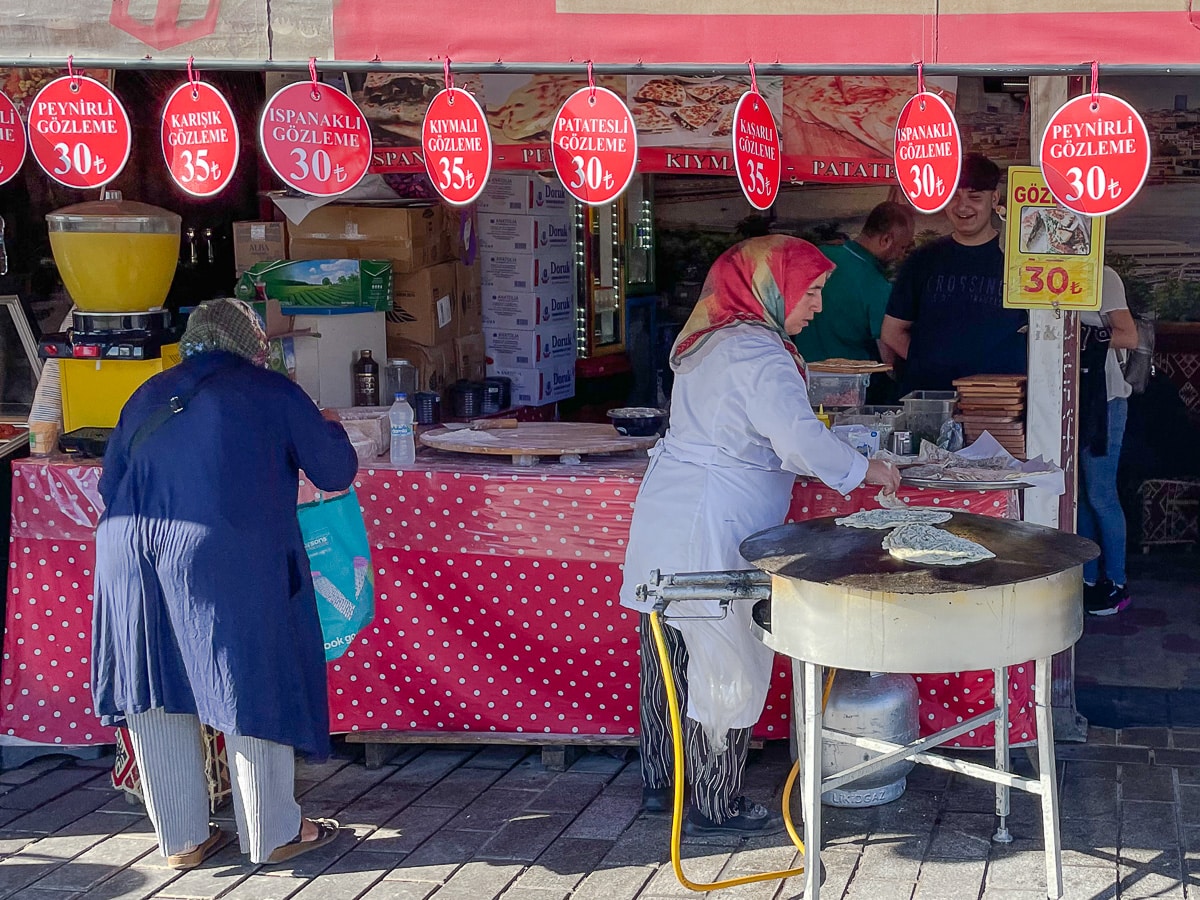
Today, gözleme most commonly known and enjoyed as a cheap and filling fast-food. However, in contrast to highly processed fast foods, it’s still usually prepared with fresh and natural ingredients.
Many cafes employ a “gözleme lady”, often sitting on the floor of the cafe itself dressed in Turkish village clothing. She will then roll out a piece of dough, fill the flatbread with the requested filling and bake it on a saç to order.
And when travelling around Turkey, you’re never far away from a gözleme lady. You’ll see them with their own stands around towns, villages as well as popular trails.
While this delicious Turkish flatbread is both cheap and accessible, many still like to make gözleme at home. Some make their own dough, while others substitute Turkish yufka, a large, fairly thick filo pastry, for the dough for a quicker version.
How to make gözleme dough
Gözleme dough is not yeasted and consists of only wheat flour, salt and water. It’s very easy to make and keeps for a long time.
Making it at home is very easy. To get a pliable dough, a kitchen machine with a dough hook is recommended, though you can knead it by hand as well.
In Turkey, they use a long, flat rolling pin to turn the individual dough pieces into pizza-like circles that are then stuffed. You can use any rolling pin you like.
See the recipe below for the measurements and method that I use for authentic results.
Typical fillings for gözleme
You can fill the gözleme however you like, but in Turkey four fillings are most common: Spinach, cheese, potato or minced meat.
The common denominator? They’re all very simple. None involve a lot of preparation, and none involve elaborate flavourings. The simple (but delicious!) flavours are part of the near universal appeal of gözleme.
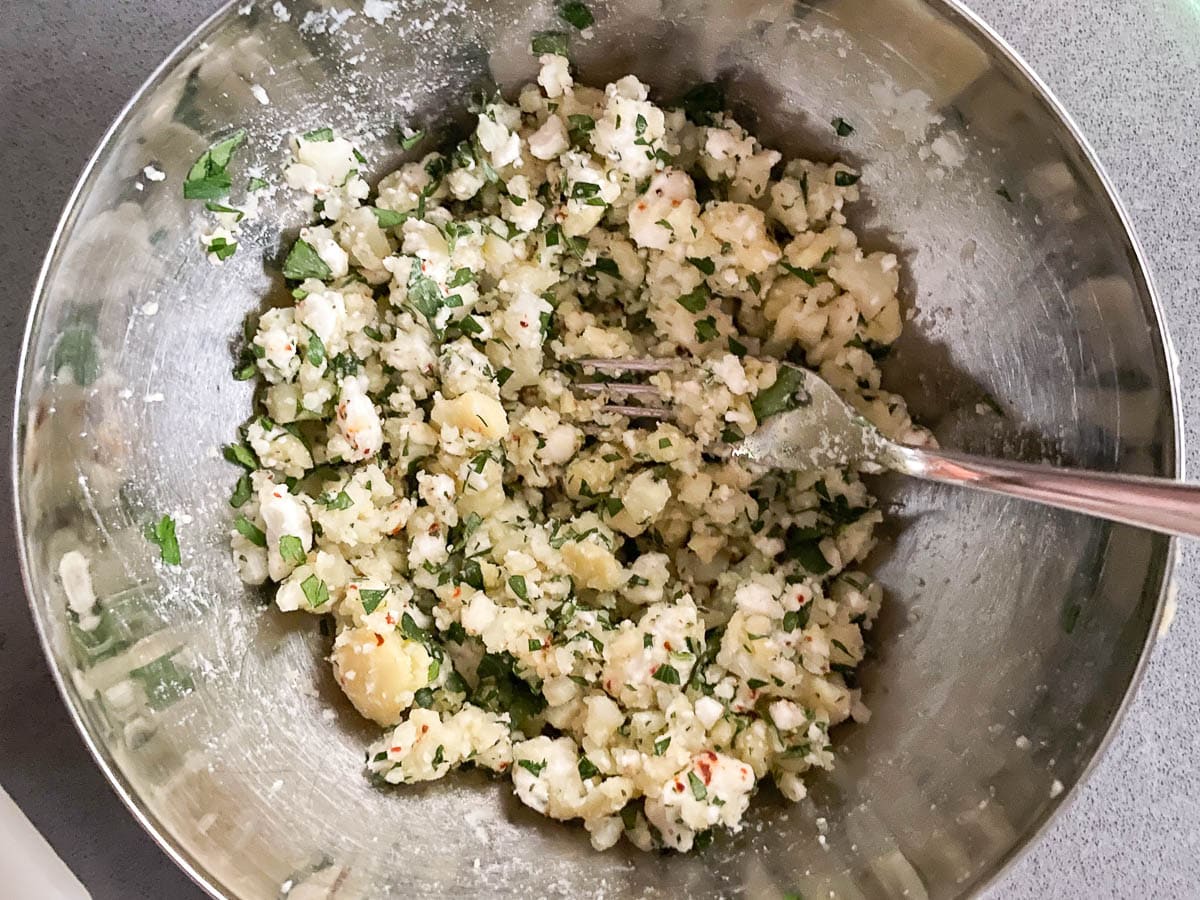
The amount of filling is usually quite sparse by Western standards. In other words: The fillings should enhance the flavour of the bread rather than completely overshine it.
That said, you can of course fill it with whatever you like – and with as much filling as you like. But traditional Turkish gözleme is simple with a relatively small amount of filling.
How to cook gözleme at home
Cooking gözleme at home is very simple.
You start by making a simple dough, which you roll out into very thin circles and put filling on. Make sure to make your gözleme the size of your cooking vessel. For most people at home, this will be a large, circular frying pan. I use a large cast iron pan, which is perfect for the job.
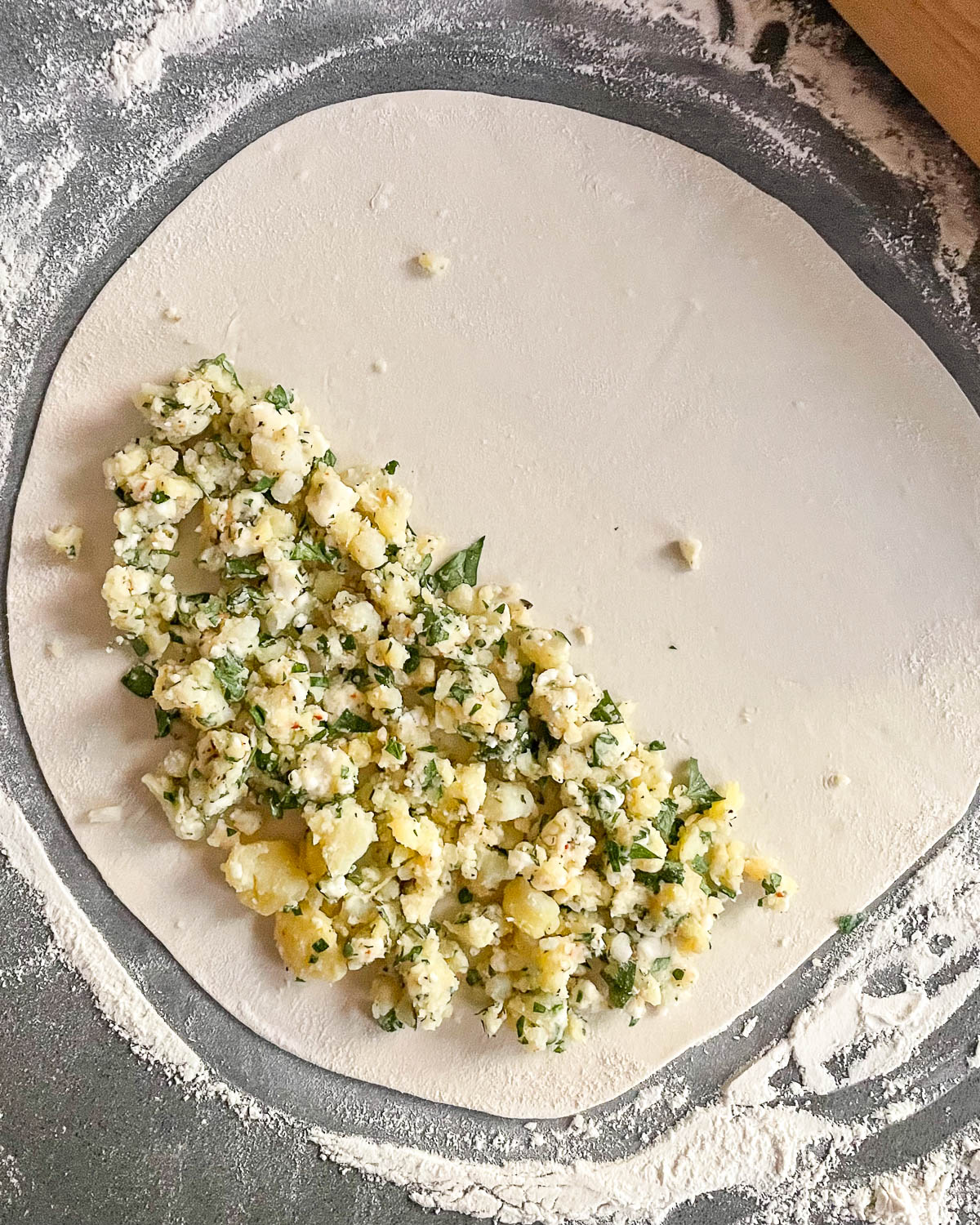
Different cooks have different methods for placing the filling and closing the gözleme.
Some place the filling on half of the dough, then fold the other half over to close it. Make sure to cut off any excess dough bits on the sides (otherwise the edges may get a little hard). This makes for a half moon shape.
Others place the filling in the middle, then fold it as if it were an envelope. This makes for a rectangular shape.
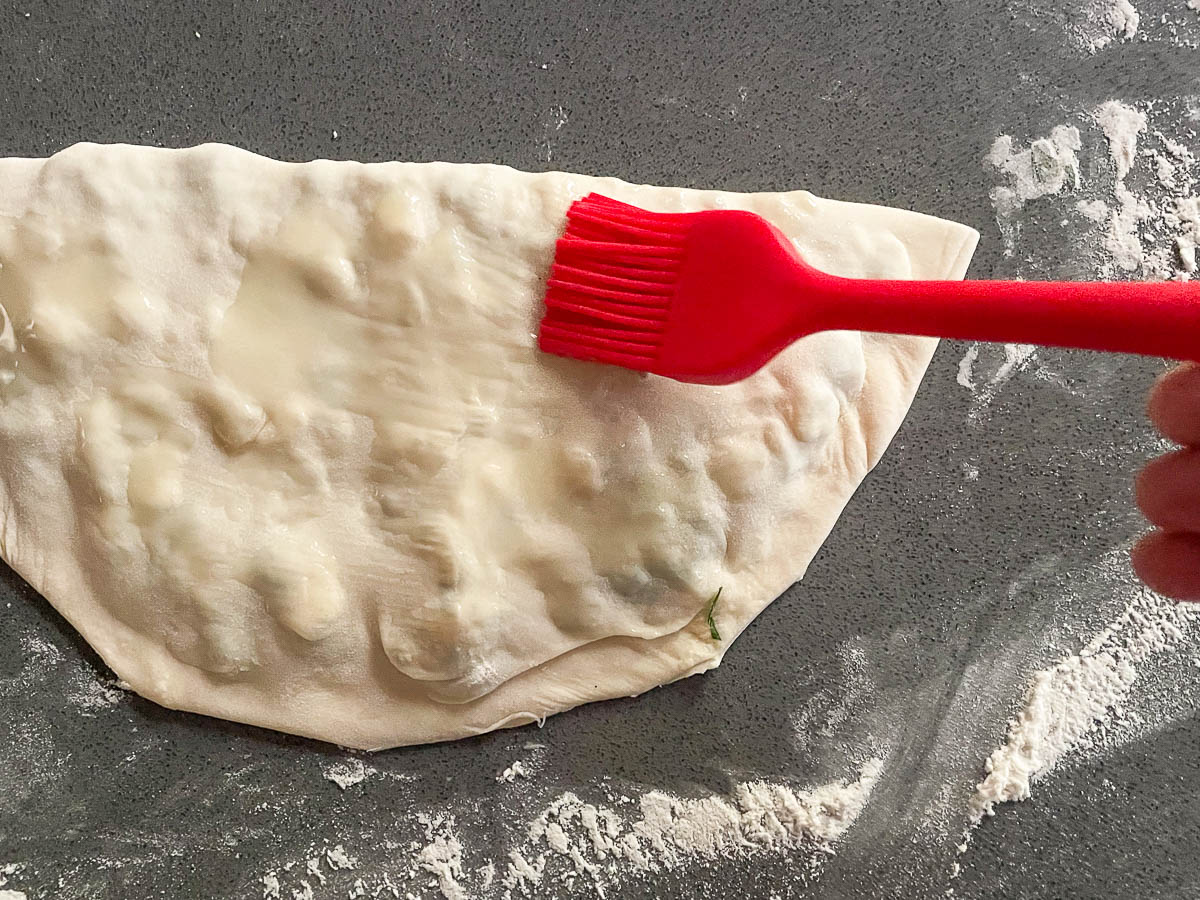
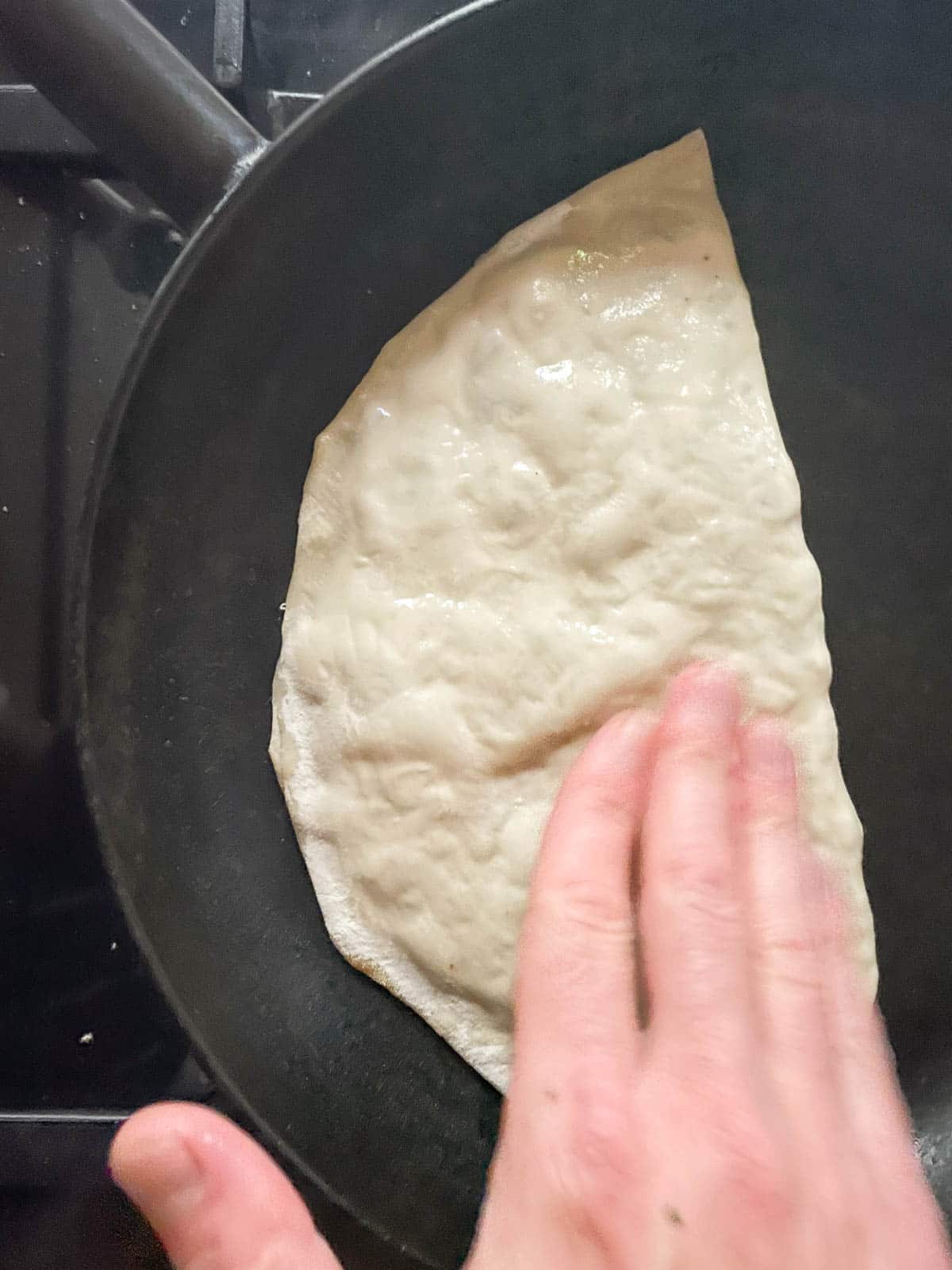
Since I use a large, circular frying pan to cook my gözleme, I prefer the half moon shape. This way I can cook two gözleme at the same time.
How to serve gözleme
Gözleme is a simple food that is usually enjoyed as is, often with a glass of ayran, the Turkish yoghurt drink, alongside.
A simple salad alongside also wouldn’t go amiss. I’d recommend a shepherd’s salad in summer, or some green leaves with pomegranate molasses and extra virgin olive oil in winter.
A final few tips
I’ve given the recipe for my favourite filling below. It’s only semi traditional, as I’m adding a good amount of feta cheese in addition to the potato. This gives a lot of flavour, while the potato and flatbread remain the stars of the show.
This is a good recipe if you’ve got potato leftovers to use up, though it’s also so tasty I happily boil the potatoes just to make gözleme.
The dough can be prepared in advance. Keep it tightly wrapped in the fridge for up to a couple of days.
Leftovers won’t be as tasty as the freshly made gözleme, but can be kept in the fridge in a sealed storage box for up to a couple of days.
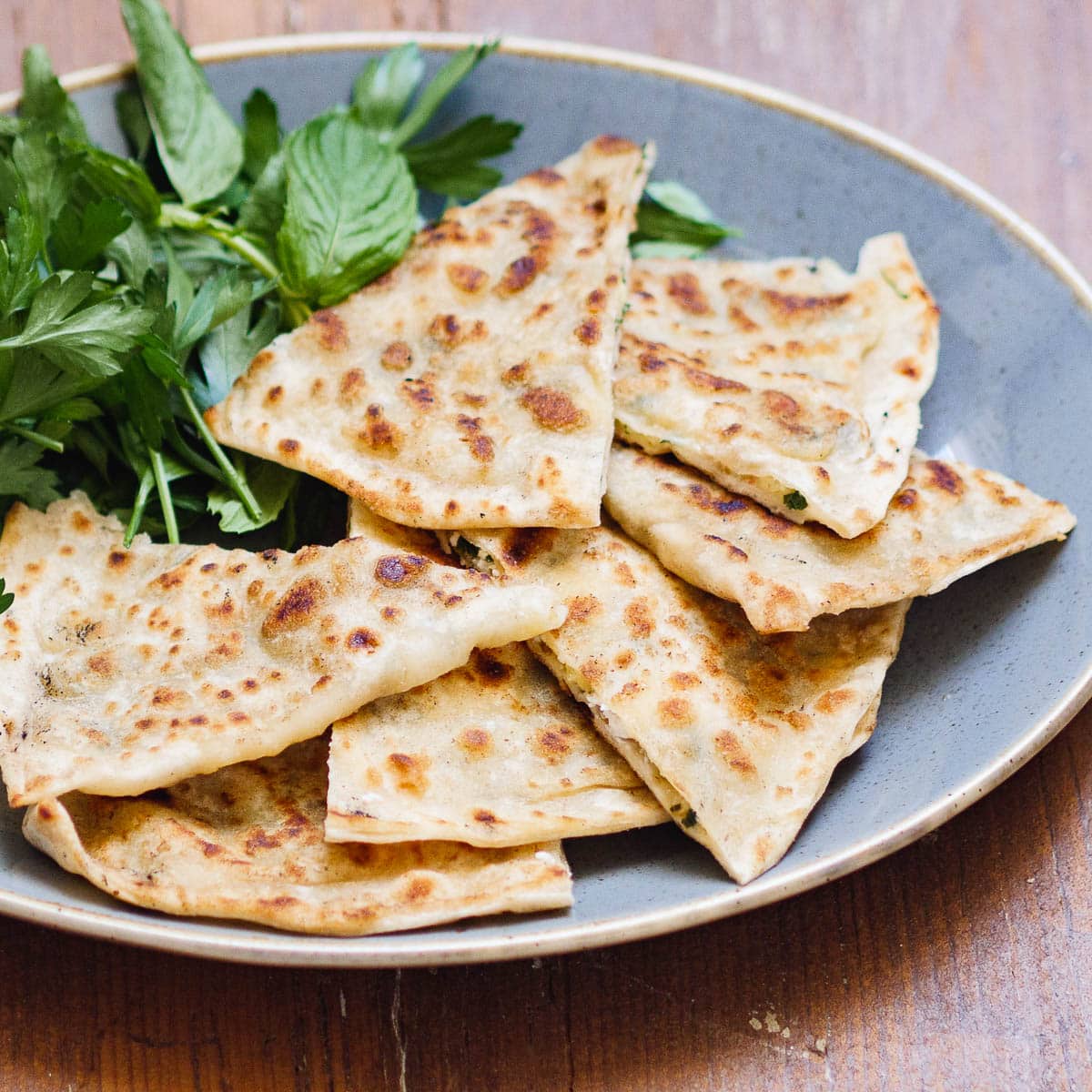
Gözleme with potato (Turkish potato flatbread)
Ingredients
- 400 g white bread flour
- 8 g salt
- 250 g water
- butter, or olive oil, to fry
Potato filling
- 800 g potato, boiled and peeled
- 150 g feta cheese, crumbled
- 60 g butter, melted
- 15 g flat leaf parsley, (without thick stalks), finely chopped
- 1 tsp dried mint
- 1 tsp pul biber (Aleppo pepper), or to taste
- salt and pepper
How I make it
- If your potatoes aren’t already cooked, start by boiling them in generously salted water until tender. Drain and cool.
- Make the dough: Add flour, salt and water to a bowl. Knead until you have a firm dough. I use a kitchen machine with a dough attachment at medium speed for about 10 minutes. You can also do it by hand. The dough should be firm and somewhat smooth, but doesn’t have to be supersmooth like when you want an airy loaf.
- Split the dough into 8 equally sized pieces. Shape each piece into a firm bun. Cover with a damp kitchen cloth and leave to proof for half an hour.
- Peel the potatoes (it’s ok if they’re still a little warm). Crush with a fork, then mix in the feta cheese, melted butter, parsley, dried mint and pul biber. Season to taste with salt and pepper.
- Heat a large, thick bottomed frying pan over medium heat. If you have a Turkish saç or equivalent hotplate, you can of course use this instead.
- Using a rolling pin and as much flour as necessary, roll out a piece of dough to a circular flatbread roughly the size of your pan (c. 30 cm if using a larger saç/hotplate). This is pretty much the same as if you were making pizza.
- Dust off any excess flour, then spread the filling on one half of your flatbread, leaving approx. 1 cm (½ in) along the sides. Brush the edges with a little water, then fold the flatbread to cover the filling. Squeeze the edges to make sure the flatbread is entirely closed. Cut off any excess edges (optional).
- Brush the gözleme with a thin layer of butter (or olive oil), then fry in a dry pan until golden, around 5 minutes in total. Make sure to turn the gözleme 2–3 times to avoid burning.
- Repeat with the remaining dough pieces. I usually fry two gözleme at a time, but you can also do them one by one. Serve hot.


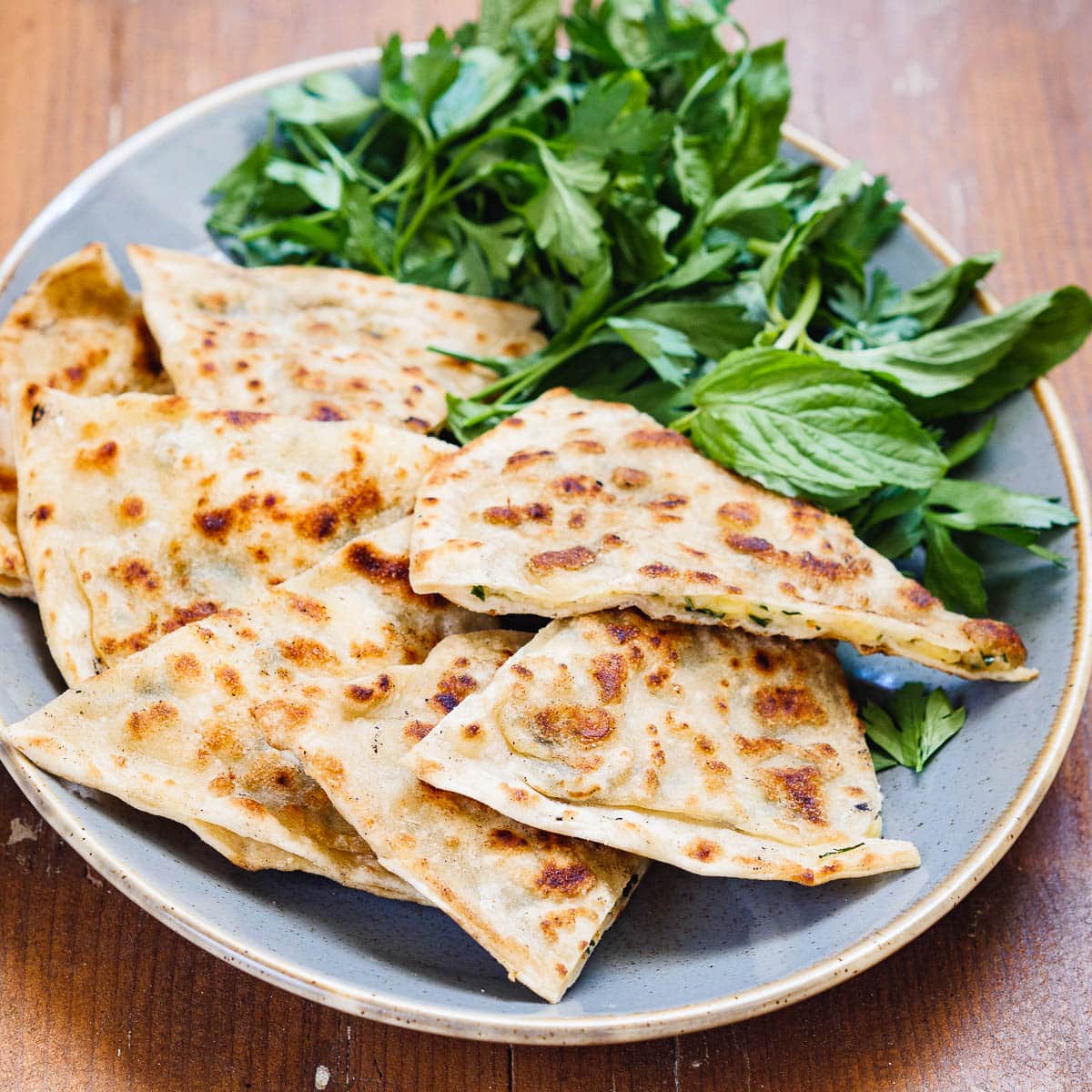


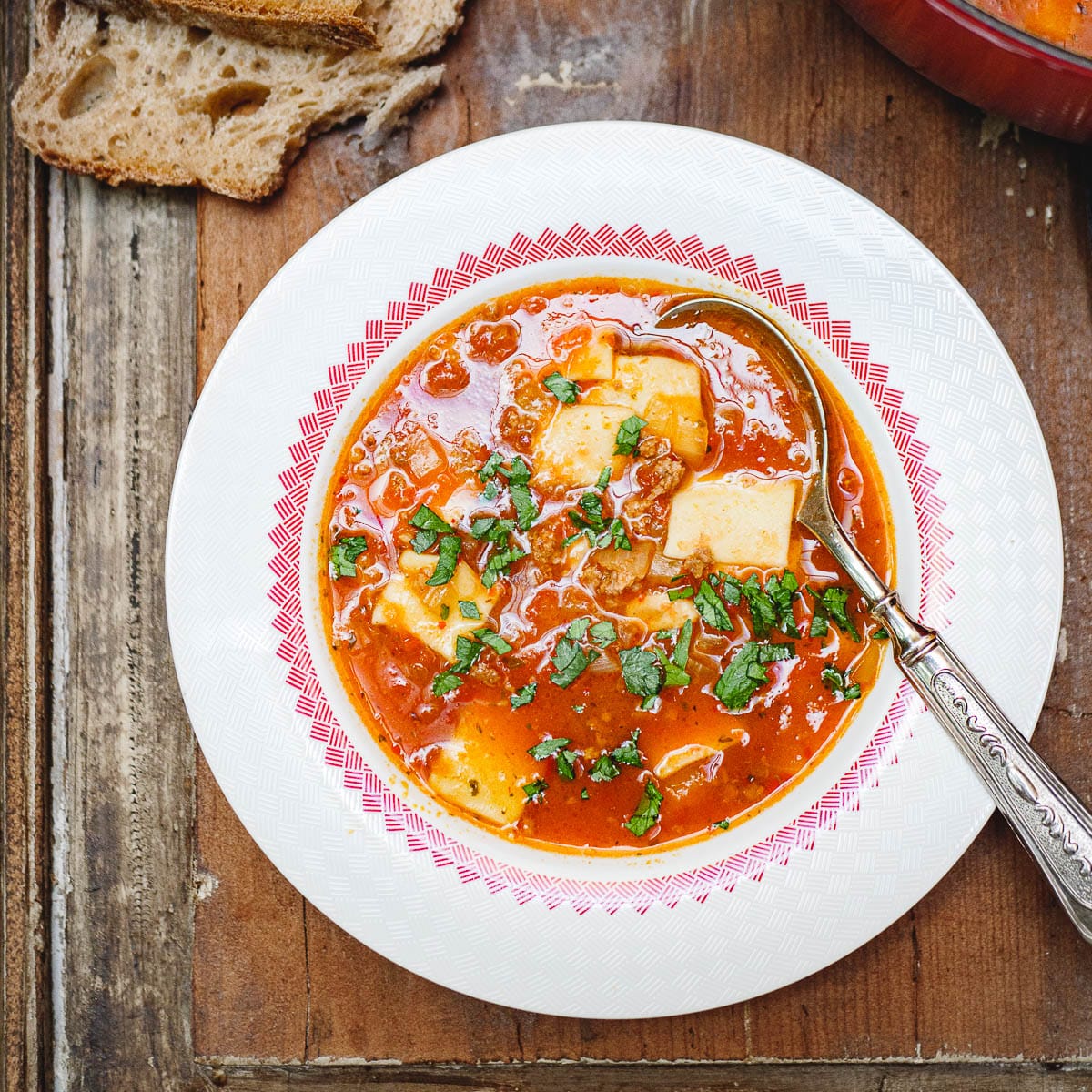
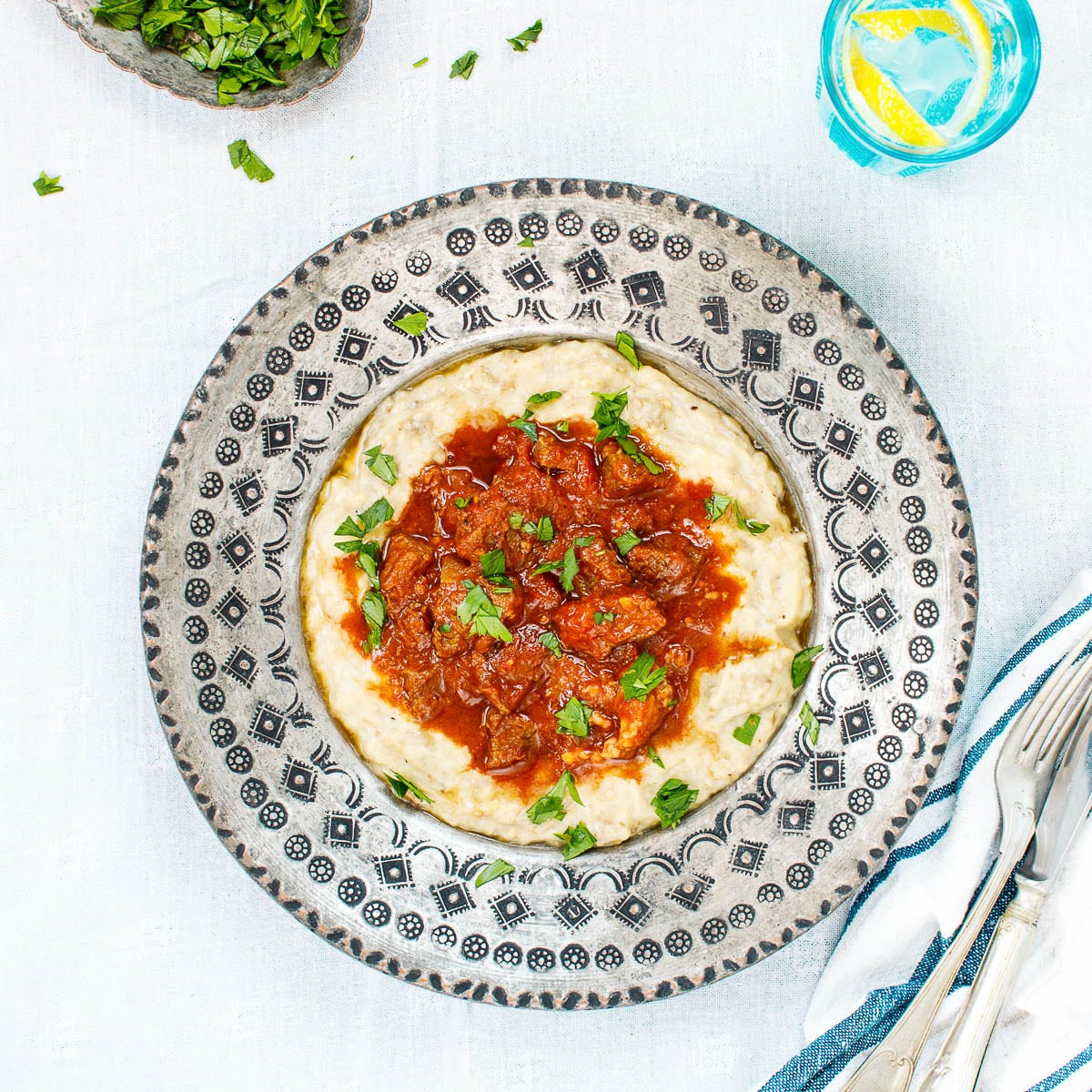
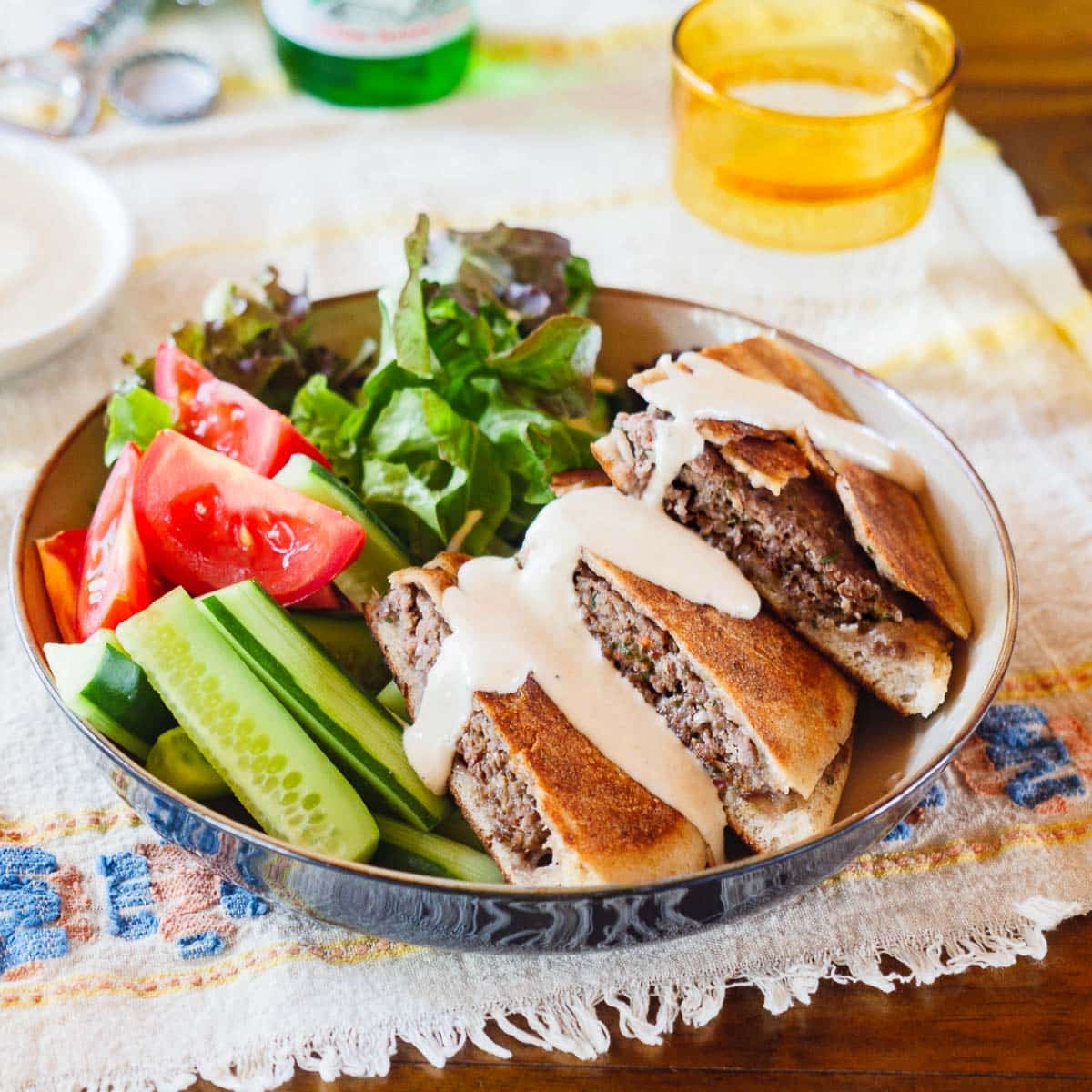
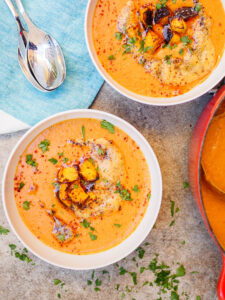
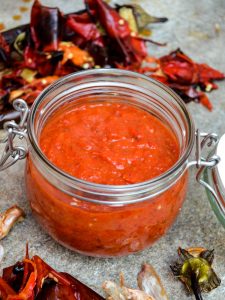
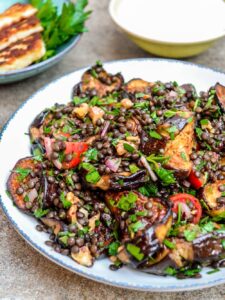




One Response
Hi Vidar I have developed an intense curiosity for turkish food thanks to yor wonderful blog.
I have tried some of them and they are simple and delicious
Thank you